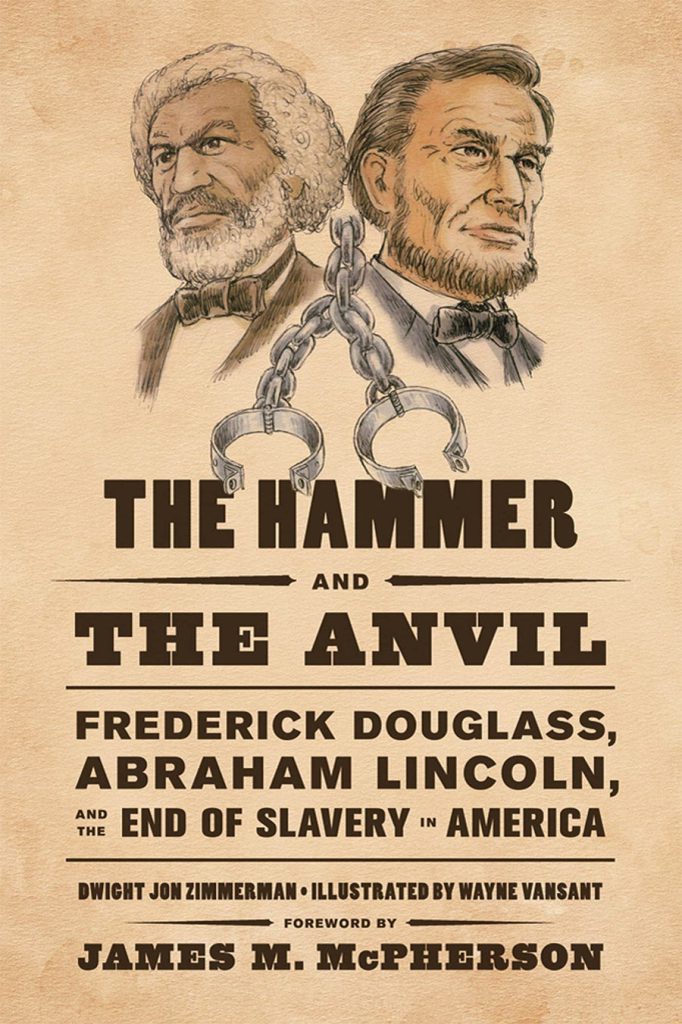
A hundred and fifty years ago, the nation was ripped asunder by the bloodiest conflict it has ever known, the American Civil War. The Confederate and Union armies battled in Virginia, with Lee leading his troops to victory and then threatening to sweep through the Army of the Potomac and capture Washington, D.C.
On August 19, 1862, the editor of the New York Tribune, Horace Greeley, published an impassioned open letter to the president, calling for him to immediately emancipate all slaves. Lincoln responded with a letter to the editor, which was also printed in the Tribune. In it, Lincoln said, “My paramount object in this struggle is to save the Union, and it is not either to save or destroy slavery. . . .”
Many were disheartened by the president’s response and felt betrayed, including one of slavery’s most outspoken critics, Frederick Douglass. He hated Lincoln for his comments and despaired of ever seeing an end to slavery in America. But less than a year later, Lincoln invited Douglass to the White House and the two men became fast friends, with Douglass finally convinced that the president’s heart had always been on the side of emancipation. It was a great moment for America.
And you can read all about it in the just published graphic history, THE HAMMER AND THE ANVIL: Frederick Douglass, Abraham Lincoln, and the End of Slavery in America, potently written by Dwight Zimmerman and wonderfully illustrated by Wayne Vansant, with color and design by Kevin Cannon. With a Foreword by award-winning historian James McPherson, it is a terrific and compelling read, and a story that everyone should know.